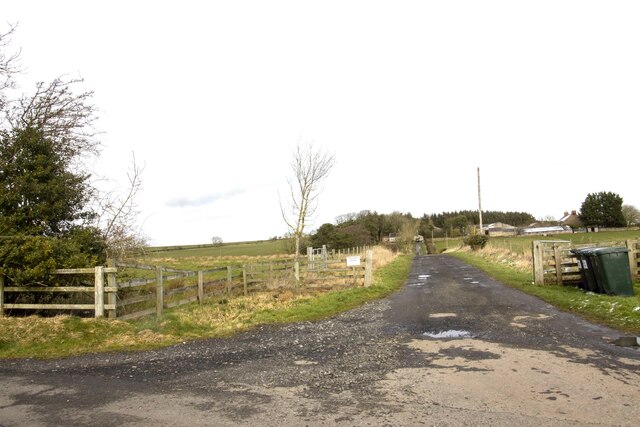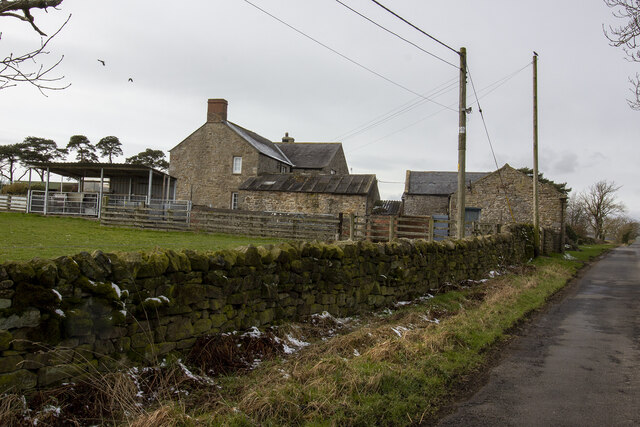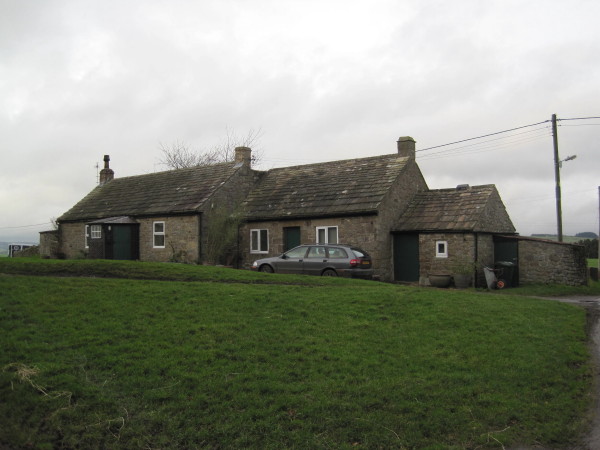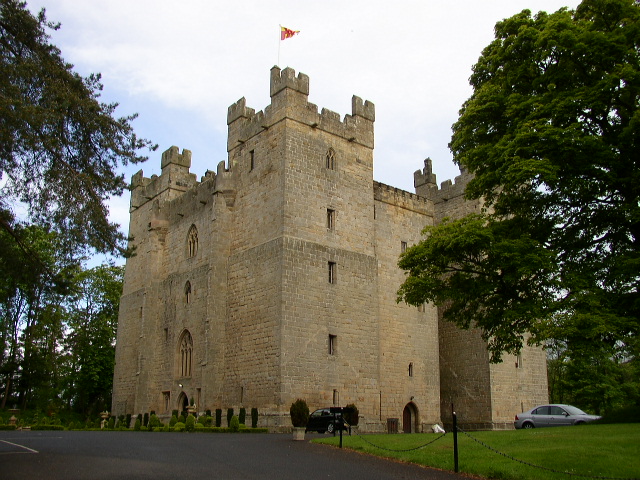High Yexley Wood
Wood, Forest in Northumberland
England
High Yexley Wood

High Yexley Wood is a captivating forest located in the picturesque region of Northumberland, England. Covering an expansive area of land, this woodland is a haven for nature enthusiasts and adventurers alike. The forest is situated in close proximity to the charming village of Yexley, which adds to its allure.
High Yexley Wood is characterized by its dense foliage and towering trees, creating a serene and peaceful atmosphere. The forest is primarily composed of a mix of broadleaf and coniferous trees, including oak, beech, and pine. This diverse range of tree species provides a habitat for an array of wildlife, making it a popular destination for birdwatchers and animal lovers.
Traversing through the woodland, visitors will discover a network of well-maintained trails, allowing for leisurely walks or more challenging hikes. The forest offers a range of routes, catering to all abilities and preferences. These trails provide stunning vistas of the surrounding countryside, with breathtaking views of rolling hills and meandering streams.
High Yexley Wood is also home to an abundance of flora, including striking wildflowers and vibrant fungi. During the spring and summer months, the forest is transformed into a tapestry of color, with bluebells, primroses, and foxgloves adorning the forest floor.
In addition to its natural beauty, the forest offers a range of recreational activities. Visitors can enjoy picnicking amidst the tranquil surroundings, or partake in woodland crafts and educational workshops. The forest also boasts several designated camping areas, allowing for a unique and immersive overnight experience.
Overall, High Yexley Wood is a captivating destination, offering a perfect blend of natural splendor, recreational opportunities, and a chance to immerse oneself in the tranquility of nature.
If you have any feedback on the listing, please let us know in the comments section below.
High Yexley Wood Images
Images are sourced within 2km of 54.966143/-2.1987224 or Grid Reference NY8763. Thanks to Geograph Open Source API. All images are credited.


High Yexley Wood is located at Grid Ref: NY8763 (Lat: 54.966143, Lng: -2.1987224)
Unitary Authority: Northumberland
Police Authority: Northumbria
What 3 Words
///costumes.masters.plodding. Near Haydon Bridge, Northumberland
Nearby Locations
Related Wikis
Elrington Halt railway station
Elrington Halt station is a closed stone built railway station situated on a single track branch railway line in Northumberland, England, that ran from...
Allerwash railway station
Allerwash railway station served the hamlet of Allerwash, Northumberland, England from 1836 to 1837 on the Newcastle and Carlisle Railway. == History... ==
Haydon Bridge
Haydon Bridge is a village in Northumberland, England, which had a population of 2,184 in the 2011 census. Its most distinctive features are the two bridges...
Haydon Bridge railway station
Haydon Bridge is a railway station on the Tyne Valley Line, which runs between Newcastle and Carlisle via Hexham. The station, situated 29 miles 68 chains...
Haydon Bridge High School
Haydon Bridge High School is a mixed secondary day school located in Haydon Bridge in the English county of Northumberland. The current headteacher is...
Langley Castle
Langley Castle is a restored medieval tower house, now operated as a hotel, situated in the village of Langley in the valley of the River South Tyne some...
Newbrough
Newbrough is a village in Northumberland, England, on the north bank of the River South Tyne about 5 miles (8 km) north-west of Hexham. == History == Newbrough...
Newbrough Town Hall
Newbrough Town Hall is a municipal building in Stanegate in Newbrough, Northumberland, England. The building, which is used as a community events venue...
Have you been to High Yexley Wood?
Leave your review of High Yexley Wood below (or comments, questions and feedback).




















